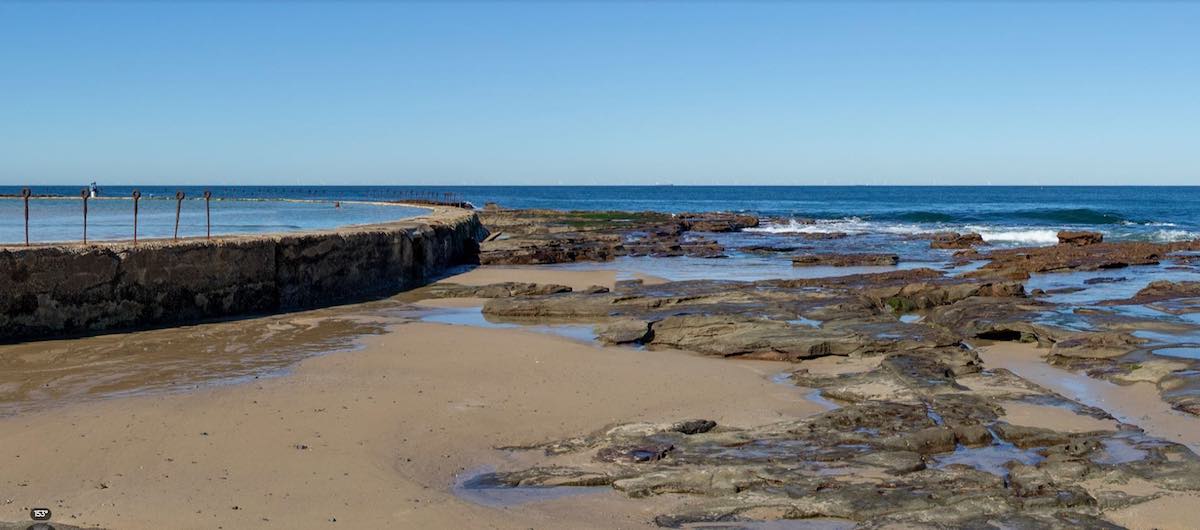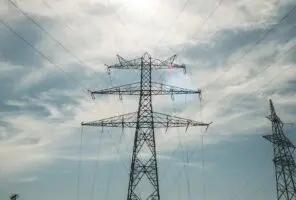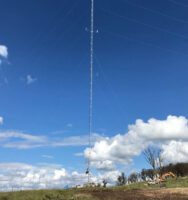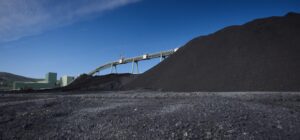The developers behind an offshore wind farm planned to be built off the Hunter-Central Coast region of New South Wales have confirmed they have expanded the size of the project from 1.4GW to 1.65GW.
Spanish offshore developer BlueFloat Energy and local Australian renewable developer Energy Estate have confirmed that the Hunter Coast Offshore Wind Project will expand to 1.65GW.
Set to be located between 20- to 50-kilometres off the NSW coast, the project is located within one of six areas identified by the Australian government as suitable for offshore wind development.

The Hunter-Central Coast region has been chosen for its strong and consistent wind speeds and its proximity to existing energy infrastructure and proposed renewables. The Hunter Coast project will help to replace an ageing fleet of coal-fired generators which are already pending retirement.
The project will use floating offshore wind turbines and, according to the visual simulation of the project, will be made up of 110 turbines – which would mean that each turbine will be 15MW in size.
Coal closure dates getting closer
“Since we started the development of the Hunter Coast Offshore Wind Project in 2020 the need for new, large-scale generation capacity in the Hunter-Central Coast region has accelerated – with the retirement date for the existing coal-fired power stations moving forward by decades,” said Carlos Martin, CEO of BlueFloat Energy.
“I was delighted to meet stakeholders in Newcastle earlier this year and understand first-hand the role that offshore wind can play in the clean energy future for the region, supporting existing energy users, replacing thermal generation and powering new industries like green hydrogen exports and clean manufacturing.”
The Hunter Coast project will also benefit from close proximity to a skilled labour force. Moreover, the recent accelerated passage of the federal Climate Change Bill by the new Labor government – which sets Australia on a path to reaching emissions reductions of 43% below 2005 levels by 2030, and net zero by 2050 – has further confirmed the need for increased renewable energy capacity.
Unveiled at the same time as the confirmed project expansion, a visual simulation is also now available on the project’s website. However, there’s not a lot to see, suggesting that the simulation’s primary purpose is to demonstrate how small the turbines will appear from the coast.










